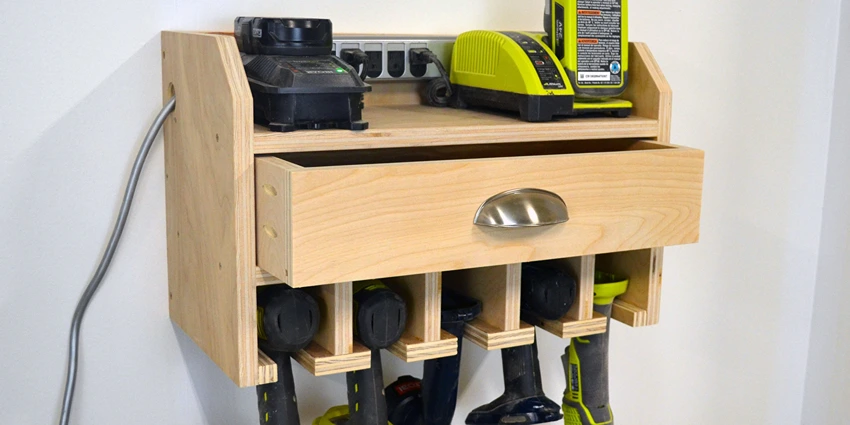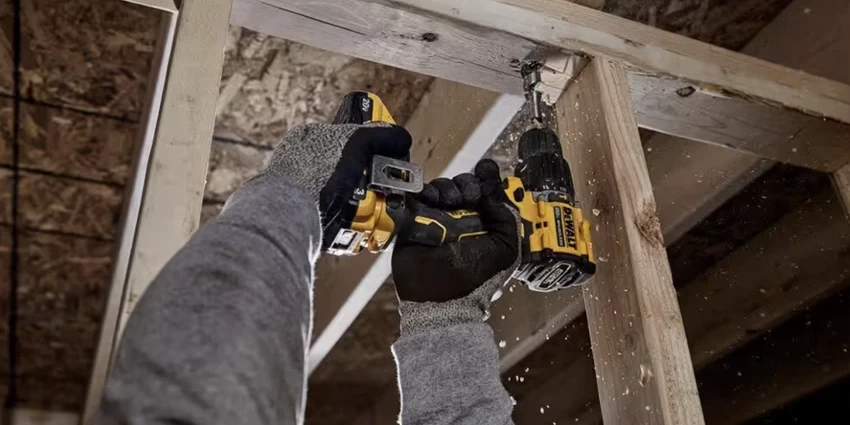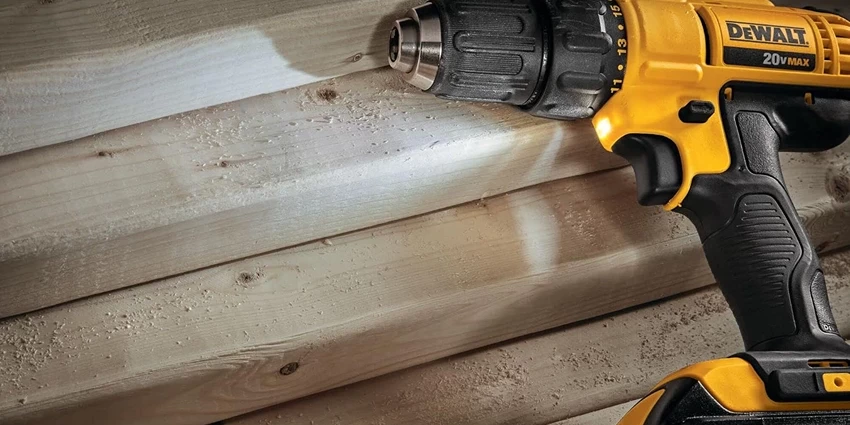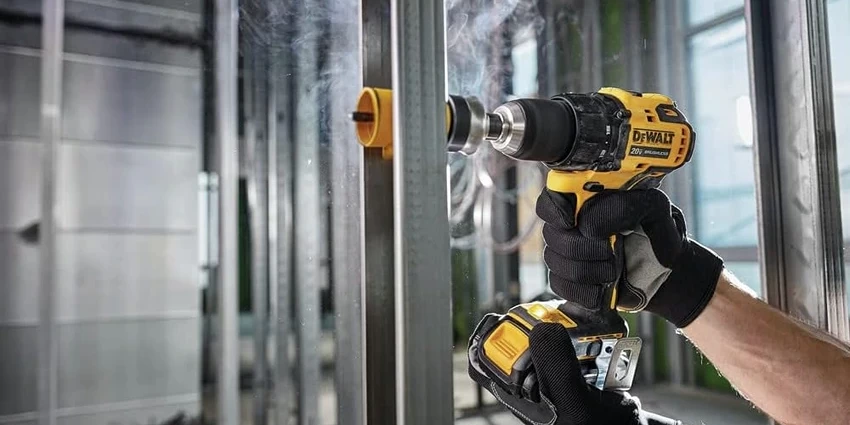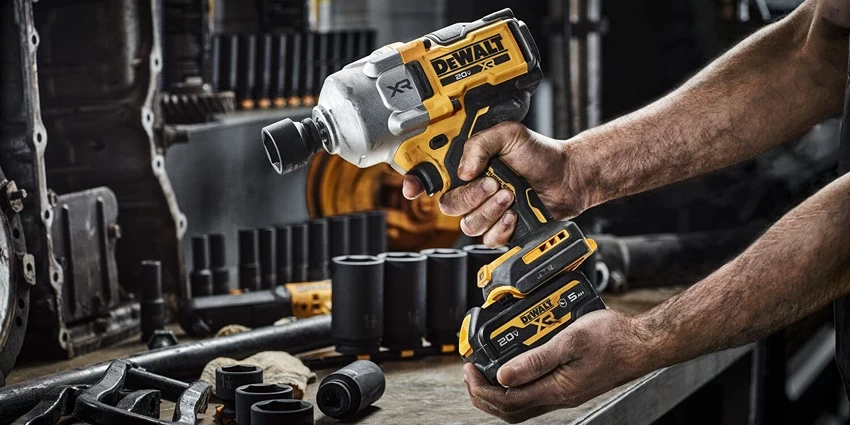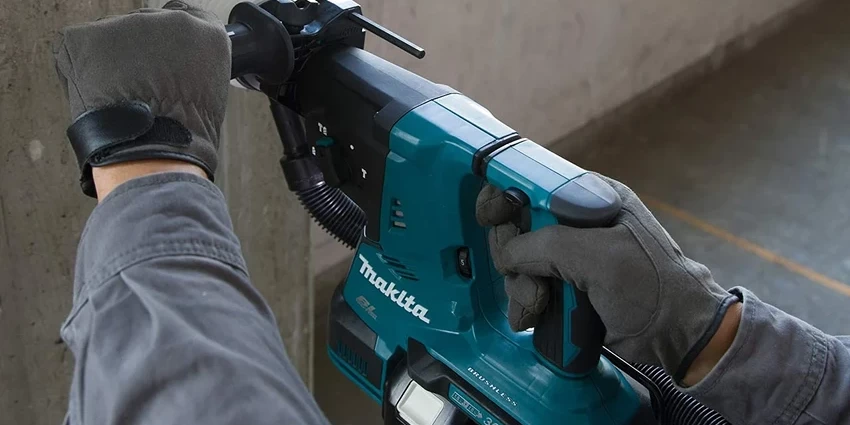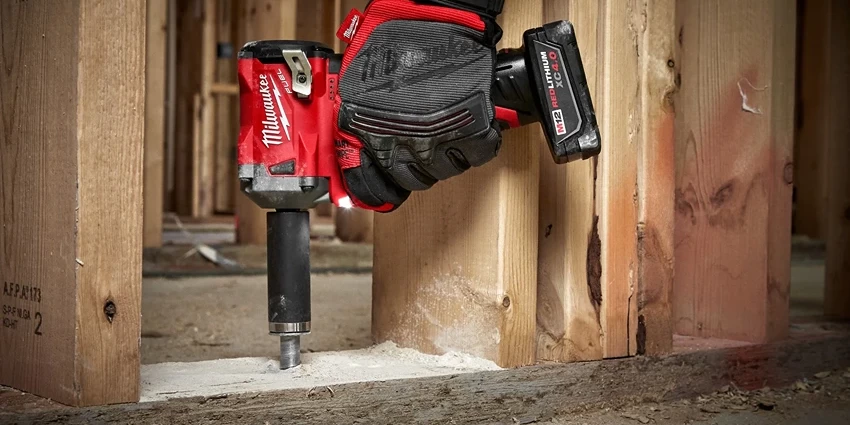All products were chosen independently by our editorial team. This review contains affiliate links and we may receive a commission for purchases made. Please read our affiliates FAQ page to find out more.
Home » Cordless Drills » Storing Your Cordless Drill
When it comes to maintaining the longevity and efficiency of your cordless drill, proper storage is not just an option—it’s a necessity. In the bustling workshops and garages across the United Kingdom, where the weather can swing from damp to dry, understanding the nuances of storing your cordless drill can make all the difference. This guide aims to shed light on the best practices for cordless drill storage, ensuring your tool remains in peak condition for years to come.
Key Takeaways
- Proper storage extends the life of your cordless drill.
- Temperature and humidity are critical factors in selecting a storage space.
- DIY storage solutions can be both effective and satisfying to create.
- Routine maintenance is essential before storing your drill.
- Battery care is paramount, especially for lithium-ion batteries.
Importance of Proper Storage
The significance of storing your cordless drill correctly cannot be overstated. Proper storage not only protects your tool from environmental damage but also ensures it remains ready for its next use. Common storage mistakes, such as leaving the drill in damp conditions or with the battery engaged, can lead to reduced battery life and tool efficiency.

Understanding Cordless Drills and Their Components
Cordless drills have revolutionized DIY and professional work, offering unparalleled convenience and flexibility. A typical cordless drill comprises several key components, including the motor, battery, chuck, and control switch. Each plays a pivotal role in the drill’s operation, and understanding these can help in maintaining and storing the drill properly.
Selecting the Right Storage Space
Choosing the right storage space for your cordless drill involves considering several factors. The ideal location should be dry, cool, and away from direct sunlight. Temperature fluctuations and humidity can severely impact the drill’s performance and battery life. A stable environment ensures the drill remains in optimal condition.
Storage Ideas and Tips
There are numerous ways to store your cordless drill effectively. From tool chests and cabinets to wall mounts and custom holders, the options are vast. Each storage solution offers its own set of advantages, catering to different needs and spaces.
| Storage Method | Pros | Cons |
| Tool Chests | Organized and protected | Can be expensive |
| Wall Mounts | Easy access | Requires wall space |
| Cabinets | Dust-free storage | May take up floor space |
DIY Storage Solutions
For those who prefer a more personalized touch, DIY storage solutions can be both rewarding and functional. Creating a custom drill holder or pegboard allows for tailored organization that meets your specific needs. This section will guide you through a simple project to get your drills organized efficiently.
Maintenance and Care
Before storing your cordless drill, a routine maintenance check is essential. This includes cleaning the drill, inspecting for damage, and lubricating moving parts if necessary. Proper care before storage not only prolongs the life of the drill but also ensures it’s ready for action when needed next.
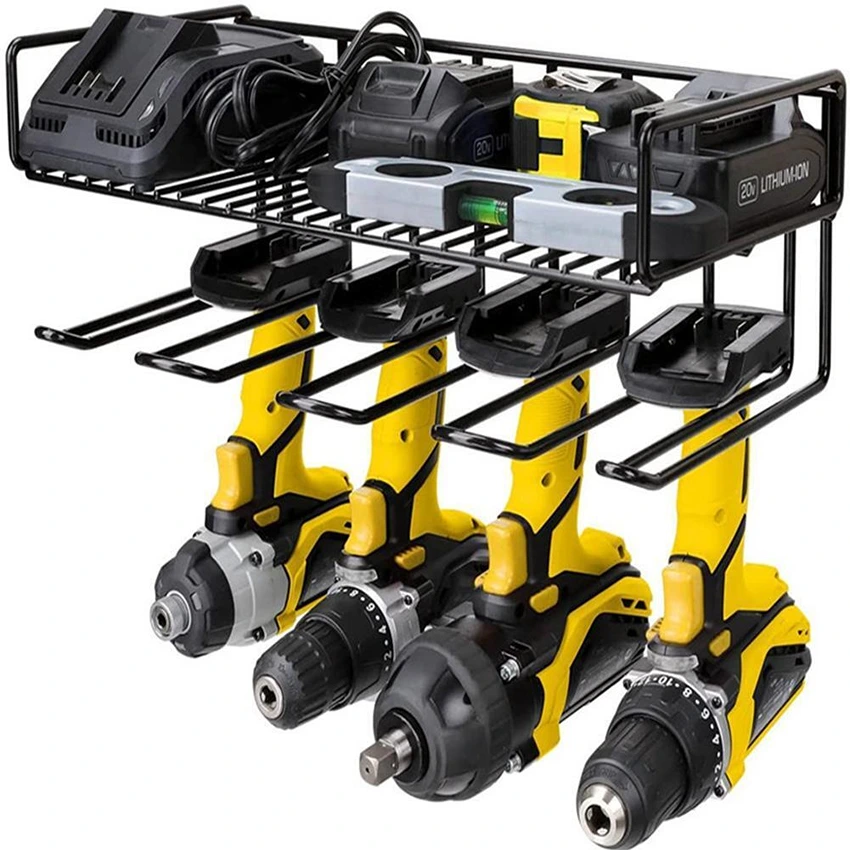
Battery Care and Storage
The battery is the heart of your cordless drill, and its care is crucial. Lithium-ion batteries, in particular, require specific attention. Storing these batteries in a cool, dry place and avoiding complete discharge are key steps in extending their lifespan. Understanding the nuances of battery care can significantly impact the performance and longevity of your cordless drill.
In-Depth Look at Cordless Drill Storage and Maintenance
The Importance of Proper Storage
Storing your cordless drill correctly is more than just about keeping your workspace tidy; it’s about safeguarding your investment and ensuring your tool’s longevity. Incorrect storage can lead to a myriad of issues, from corrosion to battery degradation, which can significantly impact the drill’s performance and lifespan. For instance, leaving your drill in a damp environment can cause the metal parts to rust, while excessive heat can damage the battery.
Understanding Your Cordless Drill
A cordless drill is more than just its outer casing; it’s a complex tool comprised of various components that work in harmony. The motor converts electrical energy into mechanical energy, driving the drill bit into materials. The battery provides the necessary power, with lithium-ion batteries being the most common due to their long life and ability to hold a charge. The chuck holds the drill bit in place, and the control switch allows the user to adjust the drill’s speed and direction. Each of these components requires specific care and consideration when it comes to storage.
Selecting the Right Storage Space
The United Kingdom’s climate can be particularly challenging for power tools, with its high humidity and temperature variations. When selecting a storage space for your cordless drill, consider the following:
- Temperature: Ideally, store your drill in a space that remains between 10°C and 25°C.
- Humidity: Aim for a low-humidity environment to prevent rust and corrosion.
- Accessibility: Store your drill in a location where it is easily accessible yet out of the way of daily activities.
Storage Ideas and Tips
Your storage solution should cater to the specific needs of your cordless drill, taking into consideration the space available and the conditions of your workshop or garage. Here are some ideas:
- Tool Chests and Cabinets: These are great for keeping your drill and accessories organized and protected from dust and moisture. Look for options with customizable drawers and compartments.
- Wall Mounts: Installing a wall mount or a pegboard can save valuable workspace while keeping your drill within easy reach. This method also allows for easy visual inventory of your tools.
- Custom Holders: For those with a knack for DIY, creating custom holders tailored to your drill’s dimensions can be a fun and practical project.
DIY Storage Solutions
Creating a DIY storage solution for your cordless drill not only saves money but also allows for customization to fit your specific needs. A simple project involves creating a drill dock using scrap wood or plywood. This dock can be designed to hold your drill, batteries, and charger, keeping everything organized and easily accessible.
Maintenance and Care
Proper maintenance is crucial for extending the life of your cordless drill. Before storing your drill, ensure it is clean and free from debris. Use a soft cloth to wipe down the exterior and a compressed air can to blow out any dust from the vents and chuck. Check for any signs of wear or damage, and ensure all moving parts are lubricated if necessary.

Battery Care and Storage
The battery is arguably the most critical component of your cordless drill. To ensure its longevity:
- Avoid Extreme Temperatures: Store batteries in a cool, dry place, away from direct sunlight.
- Maintain Charge Levels: Keep lithium-ion batteries charged at around 50% if they won’t be used for an extended period.
- Regular Checks: Periodically check the battery’s charge level and condition, even when not in use.
Innovative Storage Solutions
Innovative storage solutions can transform your workspace, making it more efficient and ensuring your tools are always within reach. Here are a couple of standout ideas:
Magnetic Drill Holders
Magnetic drill holders offer a sleek and secure way to store your cordless drills. By attaching a magnetic strip to the wall or side of a workbench, you can easily hang your drills, keeping them off the work surface but within easy reach.
Foam Cutouts
Using foam cutouts within drawers or toolboxes can provide custom-fit storage for your cordless drills and accessories. This method not only protects your tools from damage but also keeps them organized and prevents them from moving around.

Advanced Battery Care
To ensure your cordless drill’s battery maintains its peak performance, consider the following advanced care tips:
| Tip | Description |
| Use a Smart Charger | Smart chargers adjust the charge based on the battery’s condition, extending its life. |
| Avoid Complete Discharge | Keeping lithium-ion batteries with a little charge prevents them from entering a deep discharge state, which can be harmful. |
Register for our latest in-depth reviews and product round-ups from the experts.
Enter your email address below to receive our monthly review emails.
By entering your details, you are agreeing to our terms and conditions and privacy policy. You can unsubscribe at any time.
Frequently Asked Questions
It’s generally recommended to remove the battery if the drill won’t be used for an extended period. This prevents any potential drain and keeps both the battery and drill in better condition.
Lithium-ion batteries can be stored for about 3-6 months without charging. However, it’s best to store them with a 40-50% charge and check them every few months.
Using a combination of wall mounts, pegboards, and custom holders allows you to create a versatile and accessible storage system for all your cordless tools.
Yes, extreme cold can reduce battery efficiency, and extreme heat can cause battery cells to degrade faster. Always aim to store batteries in a climate-controlled environment.
Eleanor is the quintessential spirit of the British gardener — passionate, dedicated, and endlessly curious about the natural world. Born and raised amidst the verdant landscapes of the Cotswolds, she developed an early love for the outdoors, often spending hours in the family garden with her hands buried in the soil, nurturing every type of plant she could find.


